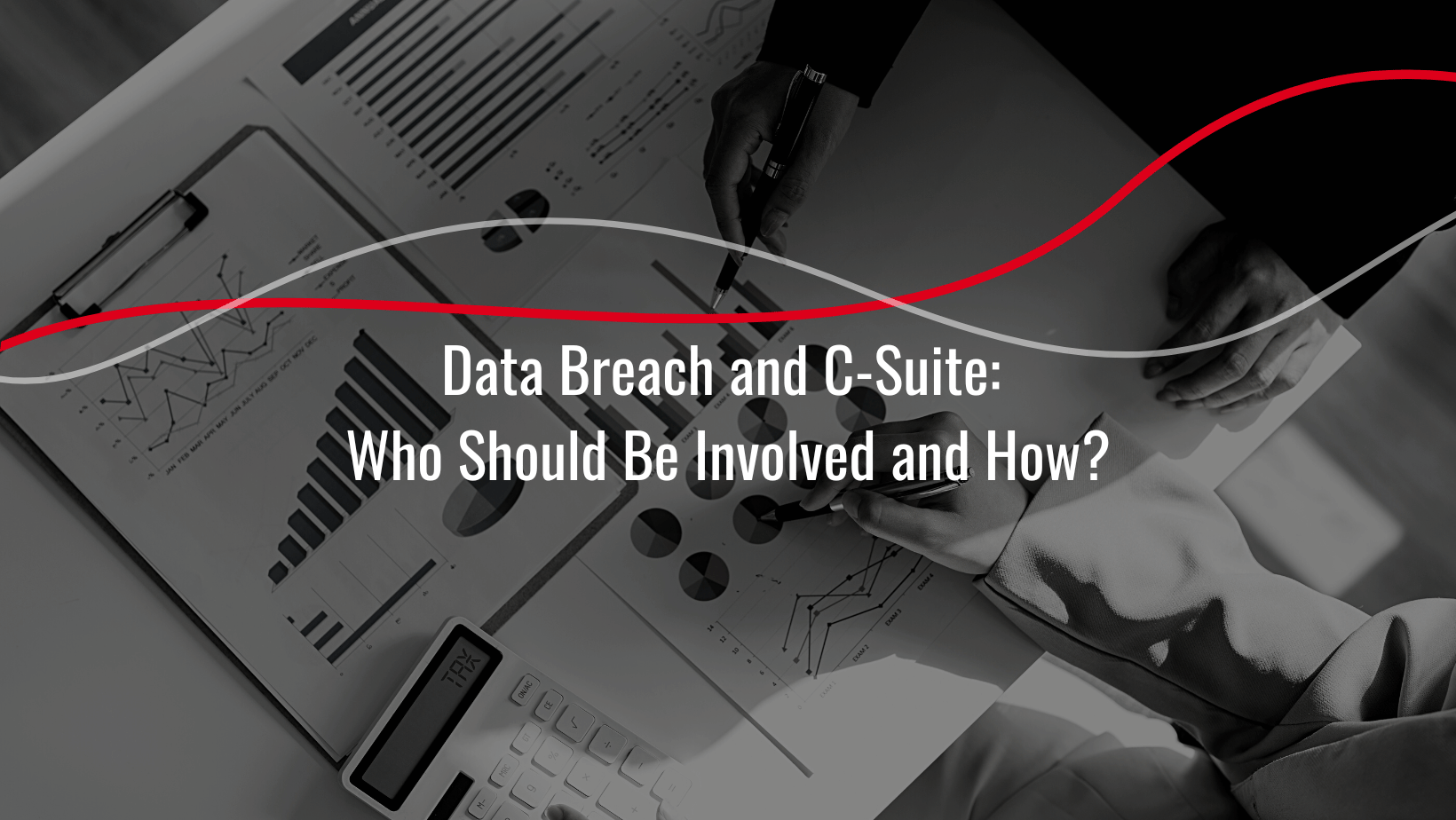Types of Risk Assessment Methodologies
Assessing the level of cyber risk in a business system entails discovering the types of cyber-attacks

While companies generally aim for the best, they must prepare for the worst when it comes to cybersecurity. Preparation is key to minimizing damage during a cyberattack. Even though the entire C-suite is affected by a breach of unprotected data, many companies place sole responsibility on cybersecurity teams.
Even though no two businesses are exactly alike, there are standard procedures that the C-site should adhere to when responding to data breaches. The article explains the various responsibilities of C-suite executives and what should be done in the event of a security breach.
Many CEOs have learned the hard way that, in a data breach, they must act as an “Incident Manager,” rolling up their sleeves and shouldering the burden of responsibility. The chief executive officer is responsible for overseeing and directing the incident response.
Chief information officers (CIOs) typically serve as IT teams’ leaders, so it is incumbent upon them to steer the technical team through the incident and to orchestrate the speedy restoration of affected systems and services.
CISOs are the ones to initiate the emergency response plan. In most businesses, the line between the CIO and CISO tends to blur in terms of responsibilities. However, the CISO typically reports to the CIO, and once a data breach has been confirmed, the CISO should take the following steps:
Since data breaches can result in serious legal complications, the legal department should be integrated into the incident response team. One of the most important and urgent legal considerations is who must be notified of a breach.
If sensitive information is compromised, it could result in a loss of trust from customers and, in turn, revenue. The best way to deal with the media attention that will inevitably follow a data breach is to leave it to the professionals on the public relations team.
Data breaches have become a critical concern for businesses of all sizes, and the involvement of the C-suite is crucial in managing and mitigating the potential damages. Every member of the C-suite has a role to play in preventing data breaches, responding to them effectively when they occur, and ensuring that the company complies with relevant regulations.